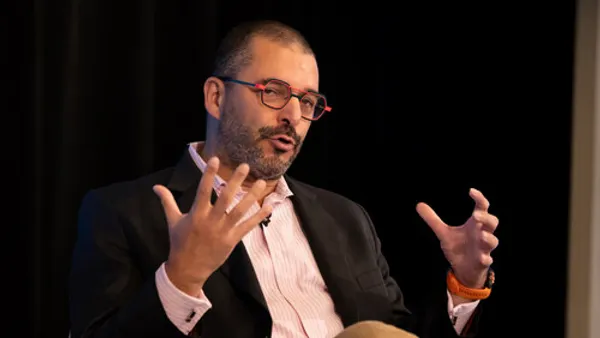At a time when banks are closing branches and digital apps are replacing tellers, it may seem counterintuitive, but the future of banking is human.
The race to automate, consolidate and scale will only continue, and credit unions are taking a 'yes, and’ approach: using technology to enable relationships, not replace them. Credit unions are centering on people instead of profits, and that will define the next generation of financial services.
What is a credit union?
The DNA difference of a credit union is their not-for-profit structure. Credit unions don’t prioritize Wall Street shareholders and how much money they can make off of a home loan, they prioritize Mainstreet America members’ ability to live their life. At a credit union, members aren’t just money or an account number.
A credit union is a not-for-profit financial co-op owned by the people who use its services. Instead of serving shareholders, credit unions exist to serve members; helping them save, borrow and build financial security. Every dollar earned gets returned as dividends or reinvested in great rates, low fees and strong community impact.
Credit unions are mission-driven and rooted in local relationships. Their co-op structure shapes everything from product design to service experience. And in today’s world, it’s more relevant than ever.
The data shows
According to data from the FDIC and the NCUA, over the last 10 years, 18,839 bank branches closed in the U.S between 2014-2024. During that same period, credit unions opened 509 new branches.
This shows the stark focus on how credit unions are approaching access to financial services. Credit unions deliver billions of dollars in financial benefits to their 144 million members and billions in positive impact to the economy at large.
Why human matters
As banking becomes faster, more automated and more complex, people crave a real person to help them with big decisions and customer service. Financial services aren’t just about transactions, they’re about trust. And trust still requires a human connection.
A recent survey of 2,004 consumers by The Harris Poll found that while digital banking is at the core of banking preferences, 57% of Gen Z and 60% of millennials stated branches are imperative to their banking experience.
Similarly, a 2023 study by the FDIC, found that 4.2 percent —5.6 million U.S. households— remain unbanked. One of the top reasons? Inconvenient branch locations. The use of mobile banking has noticeably increased, yet still the need and use of in-person services remains for households across the board. Even among those with bank accounts, nearly 29% said they primarily access their accounts in person.
This is proof that human interaction still matters, even in a digital-first world, and credit unions have always understood this. It’s why so many offer live support alongside chatbots, financial coaching with online tutorials and relationships combined with mobile deposits on the go. Even as they embrace cutting-edge tech, credit unions are keeping people at the center.
The future of banking will be shaped by institutions that can see the person in front of the deposit account number and lead with innovation and sincerity.
The future of banking is human. And the people-first model of credit unions is leading the way.










